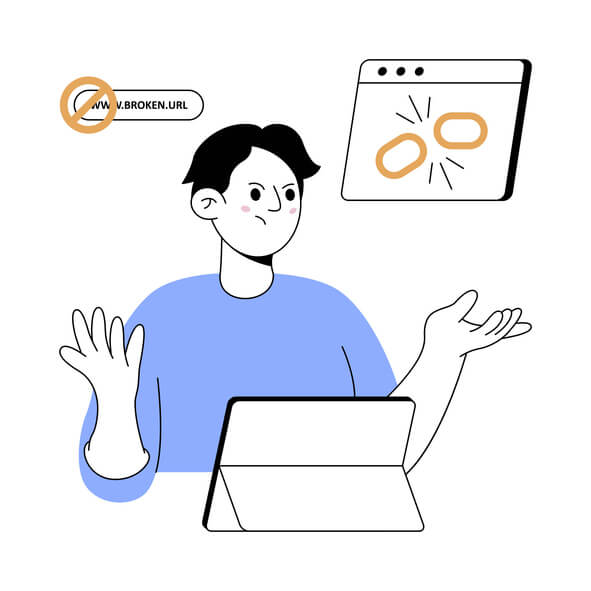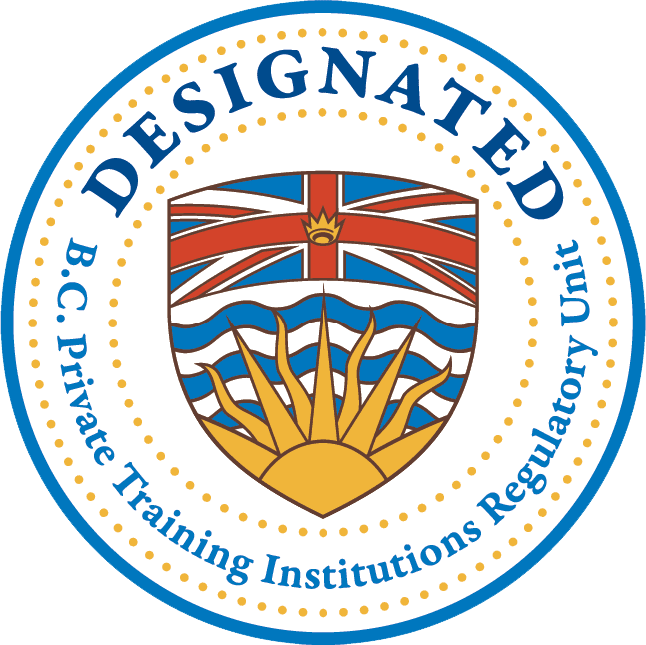TL;DR:
Toxic backlinks, links from spammy, irrelevant, or harmful websites, can damage your SEO rankings and reputation. Linkdetox involves auditing your backlinks to spot threats and then removing toxic links through outreach or Google’s Disavow Tool.
In the world of SEO, backlinks can make or break your website’s authority. Quality links from trustworthy sites help you rank higher, but harmful ones, known as toxic backlinks, can damage your credibility with search engines. That’s why every digital marketer must understand linkdetox strategies.
For students in digital marketing training in Vancouver, mastering these skills is essential for building clean link profiles and protecting clients from penalties. With hands-on training at Cumberland College, you’ll gain the expertise to identify, audit, and remove toxic links, setting yourself apart in today’s competitive SEO job market.
If you’re enrolled in digital marketing training in Vancouver, learning to manage backlinks is one of the most practical skills you’ll develop. By the time you graduate, you’ll know how to identify threats, repair your link profile, and protect your future clients or business from penalties.
What Are Toxic Links?
Toxic backlinks are links from spammy, irrelevant, or suspicious websites that negatively affect your SEO. Common examples include:
- Links from link farms or private blog networks.
- Paid links are placed unnaturally to manipulate rankings.
- Links from sites flagged for malware or adult content.
- Backlinks with over-optimized anchor text appear unnatural.
Search engines like Google want to reward sites that earn links naturally. Toxic backlinks, on the other hand, can trigger algorithmic penalties or even manual actions if left unchecked.

How Do You Conduct an Audit for Toxic Links?
The first step in linkdetox is to run a backlink audit. This process helps you spot harmful links before they impact rankings. Here’s how it’s typically done:
- Gather backlink data: using tools like Google Search Console, Ahrefs, or SEMrush.
- Review link quality: by checking the domain authority, relevance, and trustworthiness of referring sites.
- Look for red flags: links from unrelated industries, spammy directories, or websites that exist only to sell backlinks.
- Evaluate anchor text: to see if certain keywords are overused in a way that looks unnatural.
As a student, practicing backlink audits will give you hands-on experience in spotting and addressing these issues, which are valuable skills for any digital or web marketing career.
How to Remove Toxic Links
Once you’ve identified harmful backlinks, the next step is to clean them up. There are two main approaches you can use to remove toxic links:
- Outreach: Contact the site owner and politely request that they remove the link. While this takes time, it’s often the most effective way to resolve the issue.
- Disavow Tool: If outreach doesn’t work, you can use Google’s Disavow Tool to signal that you don’t want certain backlinks considered when ranking your site. Uploading a disavow file lets Google know to ignore those harmful links.
Learning how to disavow toxic links is a key part of modern SEO. However, it should be used carefully and only after a thorough Google Analytics for SEO audit, as disavowing good links by mistake can harm rankings.
Why This Skill Matters for Students
As more businesses rely on digital marketing, the demand for professionals who can manage backlinks and protect SEO performance is growing. Employers want candidates who can not only build high-quality links but also recognize when link profiles need cleaning.
By mastering linkdetox practices through digital marketing training in Vancouver, you’ll be prepared to handle real-world SEO challenges. Whether you’re auditing backlinks for a local business or managing a global campaign, these skills will make you stand out.

Master Linkdetox at Cumberland College
Backlinks are one of the most powerful ranking factors, but they can also be risky if toxic links slip into your profile. Understanding how to identify, audit, and remove toxic links ensures you’re prepared to protect websites from penalties and maintain strong SEO performance.
If you’re serious about a career in digital marketing, choose a program that gives you hands-on training in SEO, analytics, and link management. With Cumberland College’s digital marketing training in Vancouver, you’ll learn the strategies today’s employers demand, including how to safeguard sites with professional linkdetox practices. Start building your future today. Explore our digital marketing training in Vancouver and take the first step toward a rewarding career.
Are you looking for comprehensive digital marketing training in Vancouver?
Contact Cumberland College for more information.
Frequently Asked Questions
Question: What are toxic links?
Answer: Toxic backlinks are links from spammy, irrelevant, or suspicious websites that negatively affect your SEO.
Question: How do you conduct an audit for toxic links?
Answer: The first step in linkdetox is to run a backlink audit. This process helps you spot harmful links before they impact rankings.




